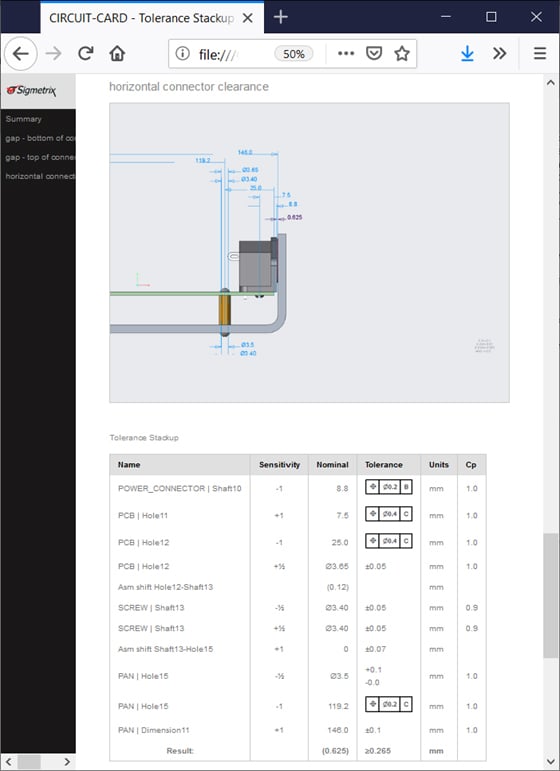Understanding the Basics of Geometric Dimensioning & Tolerancing
In geometric dimensioning and tolerancing (GD&T), a unique set of GD&T symbols are used to define the relationships between part features and measurement references. Designers and engineers utilize this international language on their drawings to accurately describe part features on the basis of size, form, orientation and location.
Are you looking for GD&T training? We teach GD&T so every team member:
- Understands what the GD&T means
- Understands how the GD&T works
- Understands the effect of the GD&T on product function, manufacturing, inspection, and assembly
- Understands the effects of the GD&T throughout the product lifecycle
We ensure that your design, manufacturing, inspection, assembly, quality, and service personnel and your suppliers understand GD&T as needed to be successful and produce the highest quality, lowest cost products possible.
SEE ALL AVAILABLE GD&T COURSES
Key GD&T Symbols Explained
| GD&T Symbol | Control Type | Name | Summary Description |

|
Form | Straightness | Controls the straightness of a feature in relation to its own perfect form |

|
Form | Flatness | Controls the flatness of a surface in relation to its own perfect form |

|
Form | Circularity | Controls the form of a revolved surface in relation to its own perfect form by independent cross sections |

|
Form | Cylindricity | Like circularity, but applies simultaneously to entire surface |

|
Profile | Profile of a Surface | Controls size and form of a feature. In addition it controls the location and orientation when a datum reference frame is used. |

|
Profile | Profile of a Line | Similar to profile of a surface, applies to cross sections of a feature |

|
Orientation | Perpendicularity | Controls the orientation of a feature which is nominally perpendicular to the primary datum of its datum reference frame |

|
Orientation | Angularity | Controls orientation of a feature at a specific angle in relation to the primary datum of its datum reference frame |

|
Orientation | Parallelism | Controls orientation of a feature which is nominally parallel to the primary datum of its datum reference frame |

|
Location | Position | Controls the location and orientation of a feature in relation to its datum reference frame |

|
Location | Concentricity | Controls concentricity of a surface of revolution to a central datum |

|
Location | Symmetry | Controls the symmetry of two surfaces about a central datum |

|
Runout | Circular runout | Controls circularity and coaxiality of each circular segment of a surface independently about a coaxial datum |

|
Runout | Total runout | Controls circularity, straightness, coaxiiality, and taper of a cylindrical surface about a coaxial datum |
Our GD&T Advisor software solution provides the automation you need to make manual GD&T methods a thing of the past!
Sigmetrix’ unique, state-of-the-art solution accelerates the design process, saving valuable time, and reduces the manufacturing costs like scrap and change orders, saving thousands of dollars every year. Each of our expertly designed software programs the internationally recognized GD&T Symbols throughout the modeling and reporting processes.
|
|
Sigmetrix is premier source for tolerance analysis and design optimization software, training, and engineering solutions. For more information about GD&T Advisor software or any of our tolerance analysis solutions and services, contact us at info@sigmetrix.com or via our website here.





